Coastal Ghettos: Surviving Between the Sea and Uncertainty
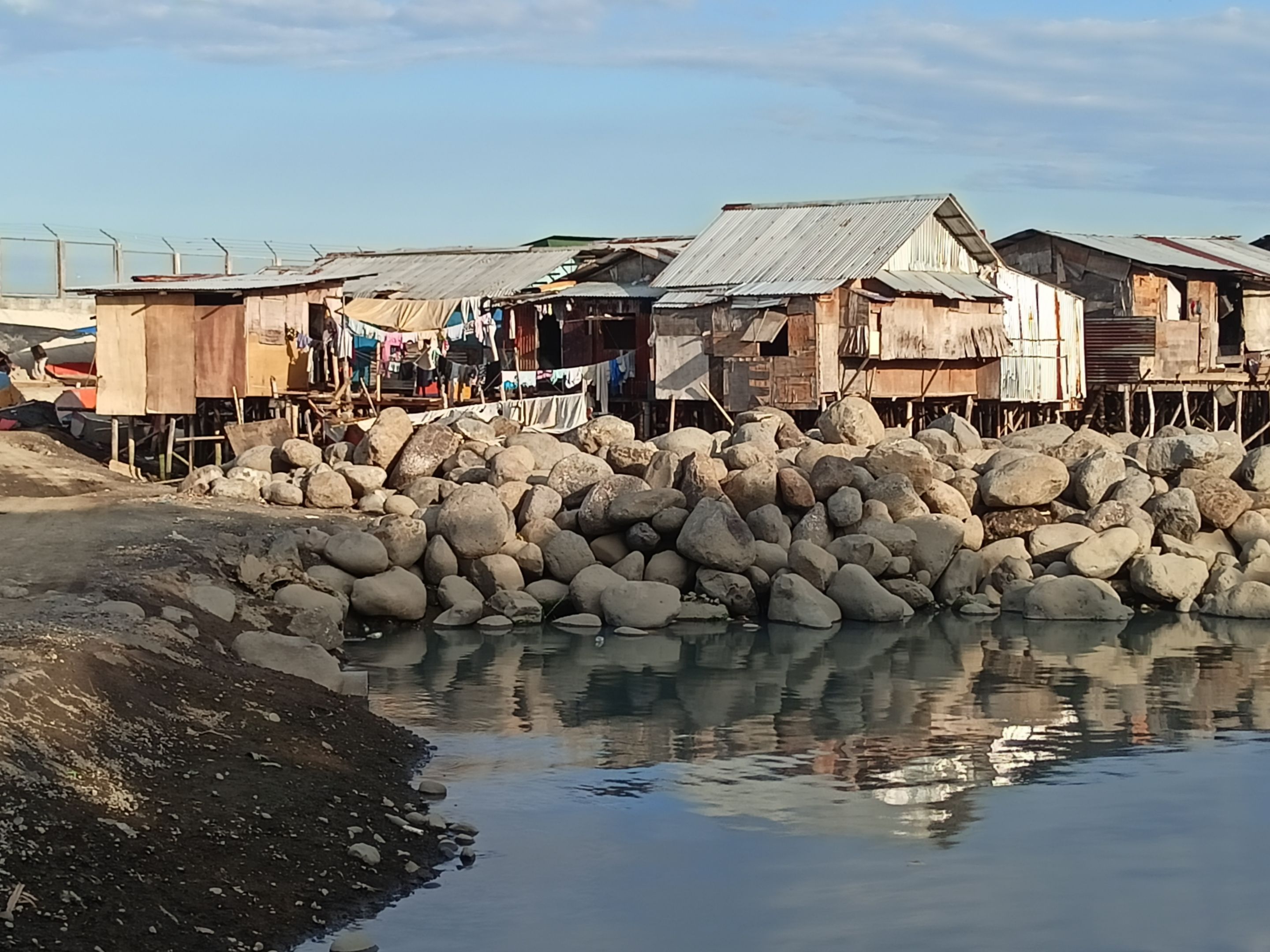
Reality hurts. I couldn’t forget that one sunny morning I walked by a seaside slum. Rows of colorfully painted fishing boats were neatly lined up between the coast’s edge and the city’s flood-control waterway. As I stepped closer, groups of dilapidated structures built out of recycled building materials, secondhand furniture, and scrap items caught my undivided attention. Despite the surprising location, it was a coastal settlement that managed to organize chaos by compressing themselves into a tiny patch of available but restricted land.
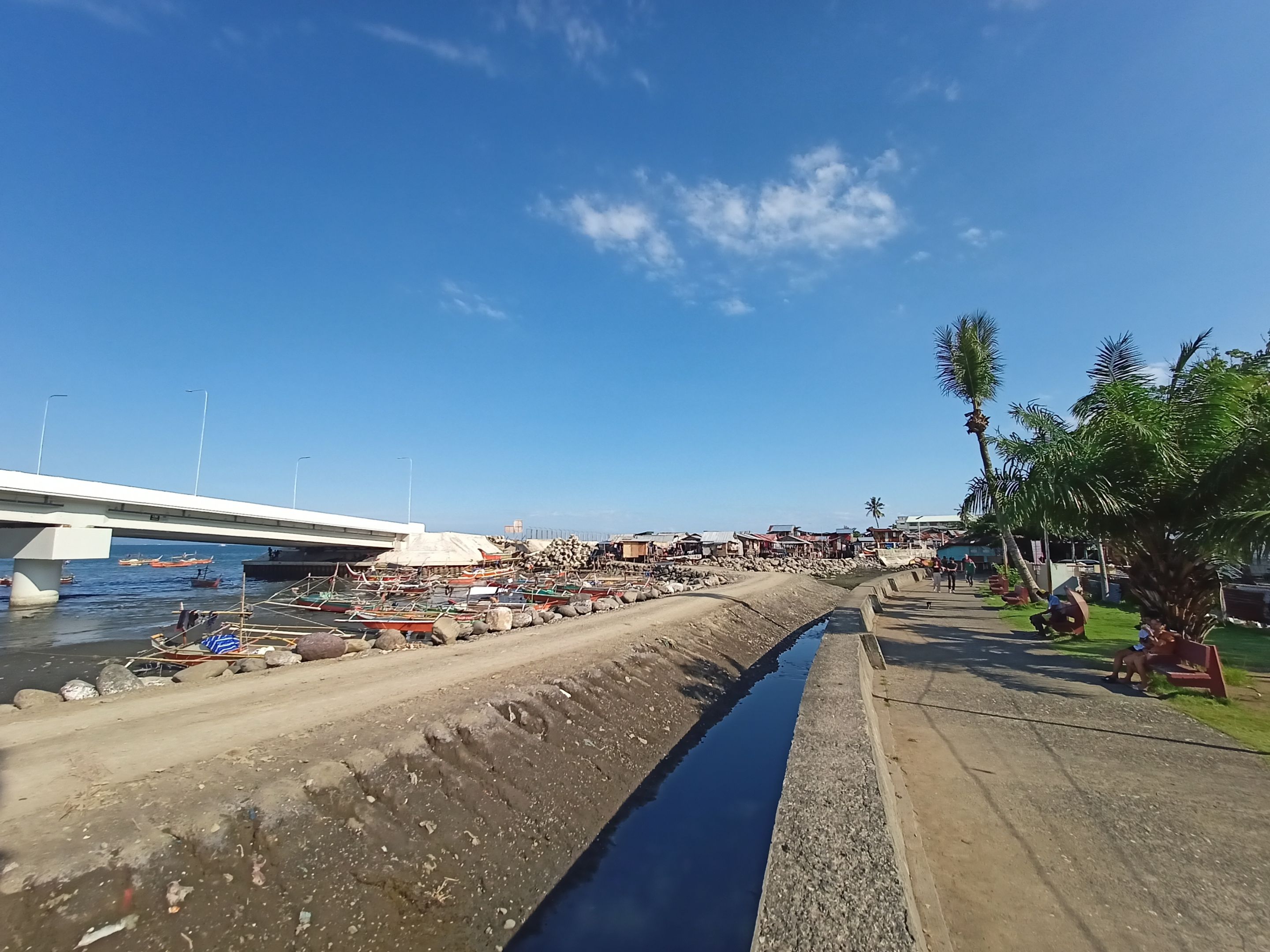
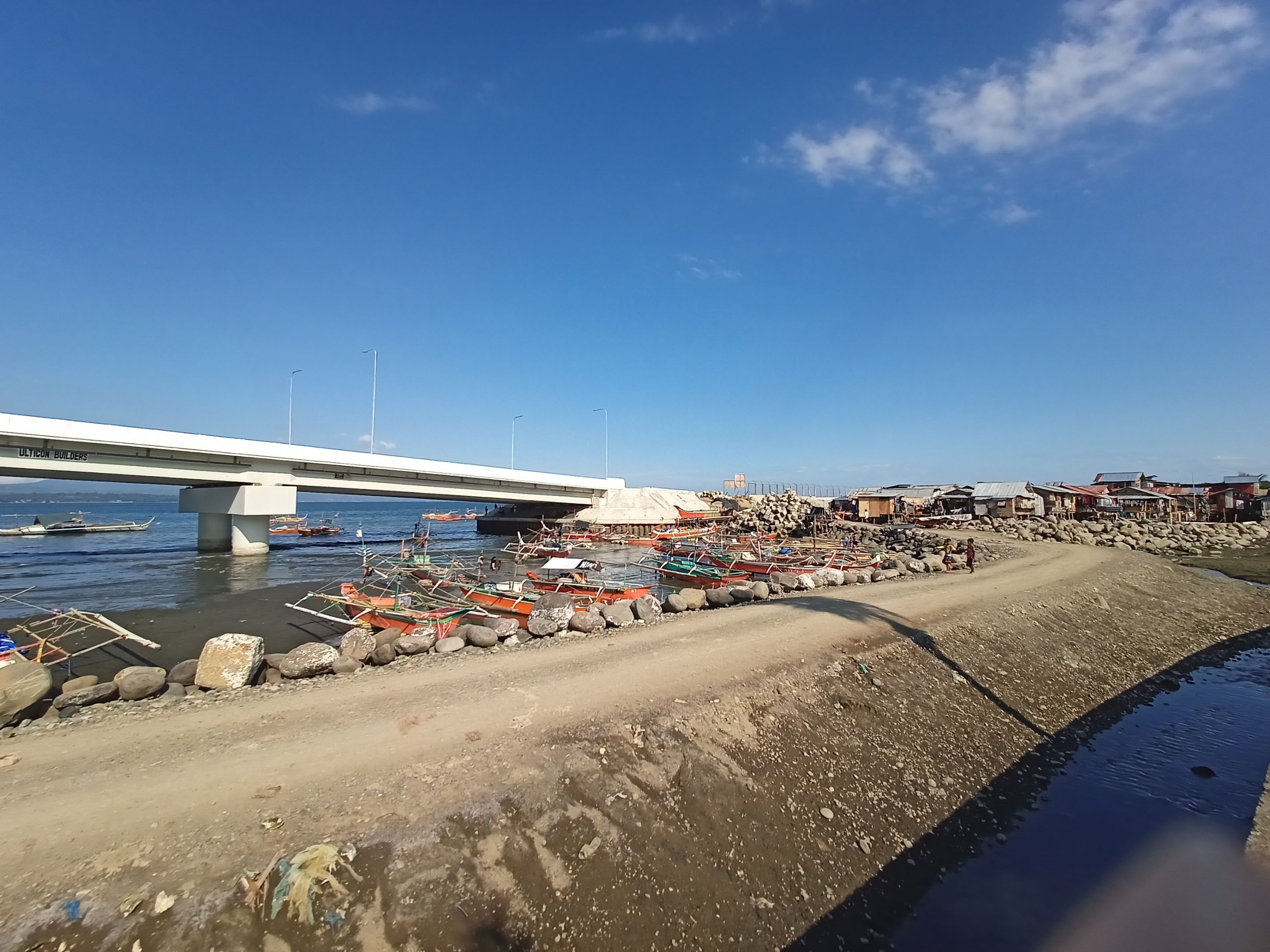
Moreover, lots of dead fish that were dried in the open fields with some of the day’s catch that were cooked in their makeshift kitchens filled the air with a disgusting scent. Nearby, a young boy was riding a bicycle while other kids were running barefoot on the muddy and dirty waters. A few women were also busy washing clothes on another corner. All of a sudden, I realized that there were people who were actually converting these messy places into their newly found abodes.
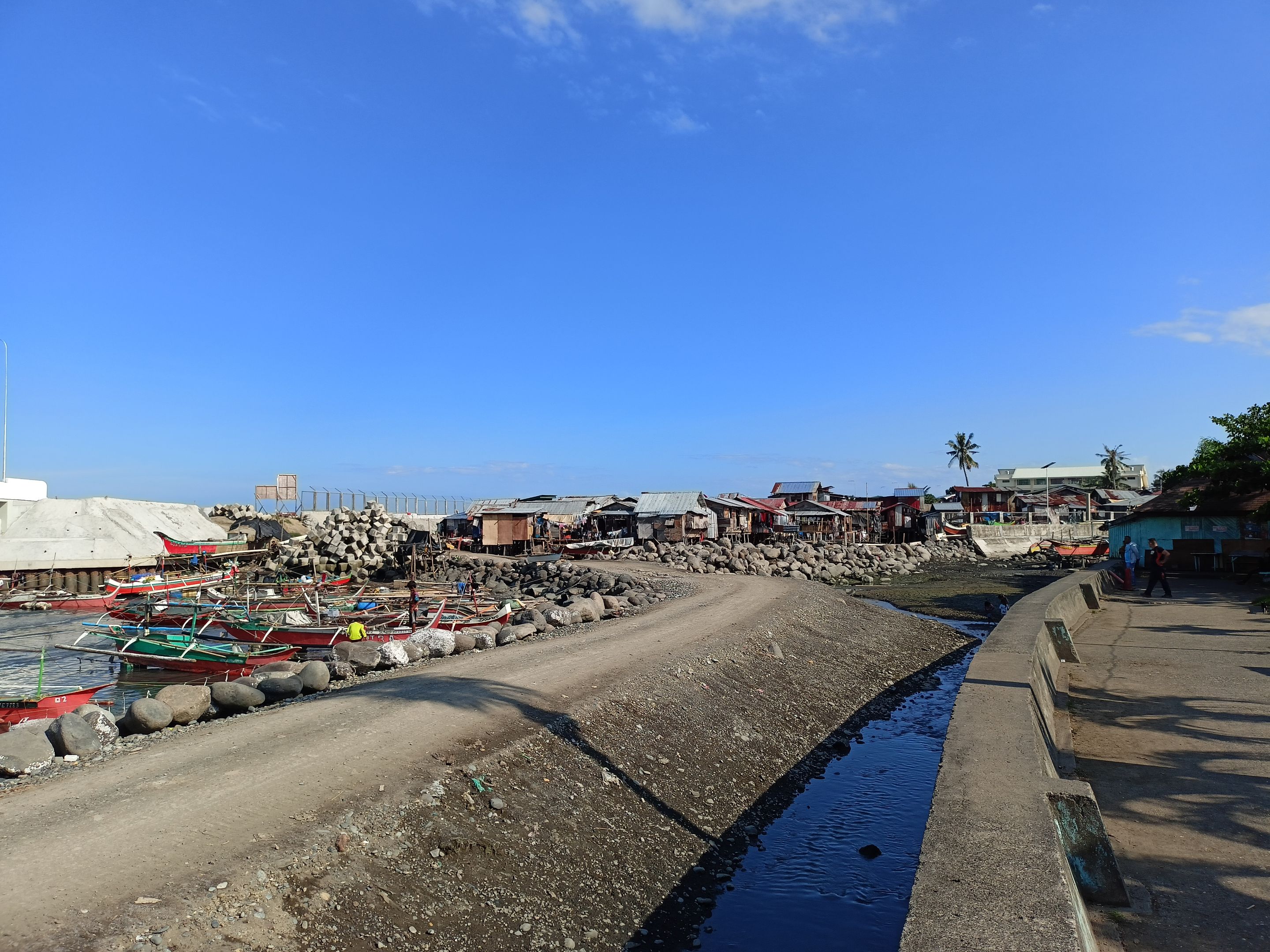
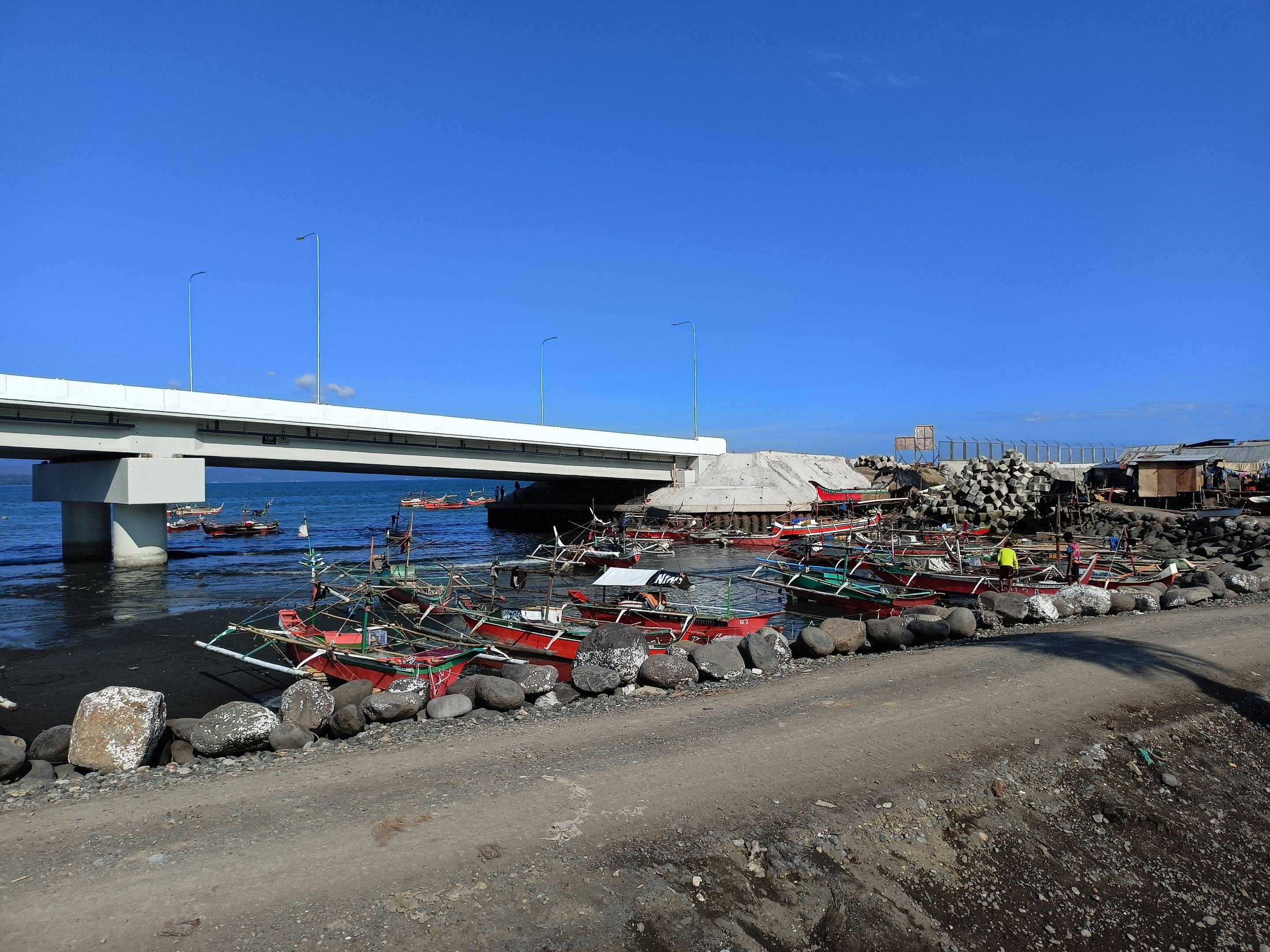
Not too far away, fishermen were preparing fishing nets and related gear for their watercraft as well as doing maintenance routines. The rest of the inhabitants were simply hanging out by the stagnant water bank, killing their precious time without doing anything productive in particular.
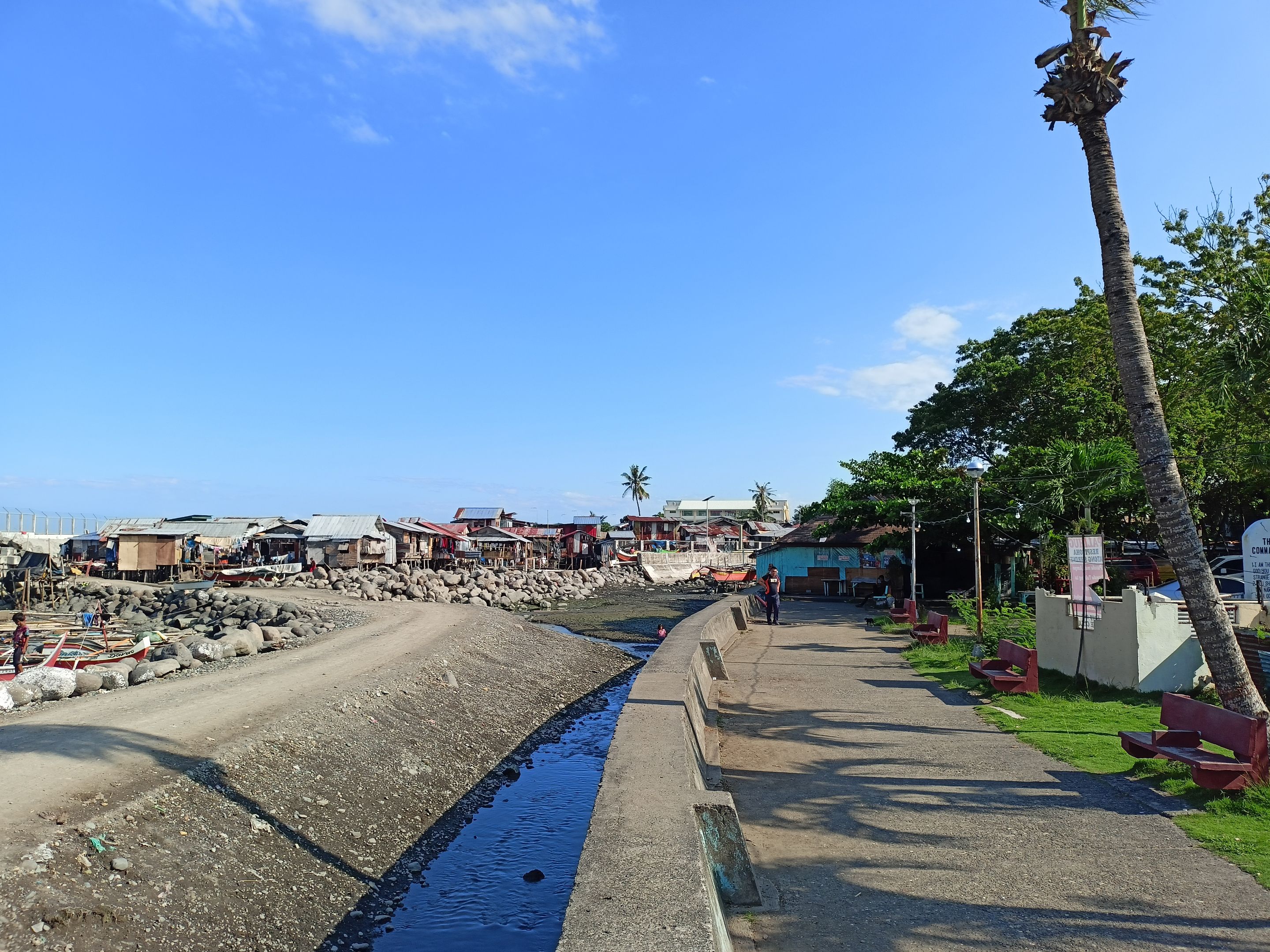
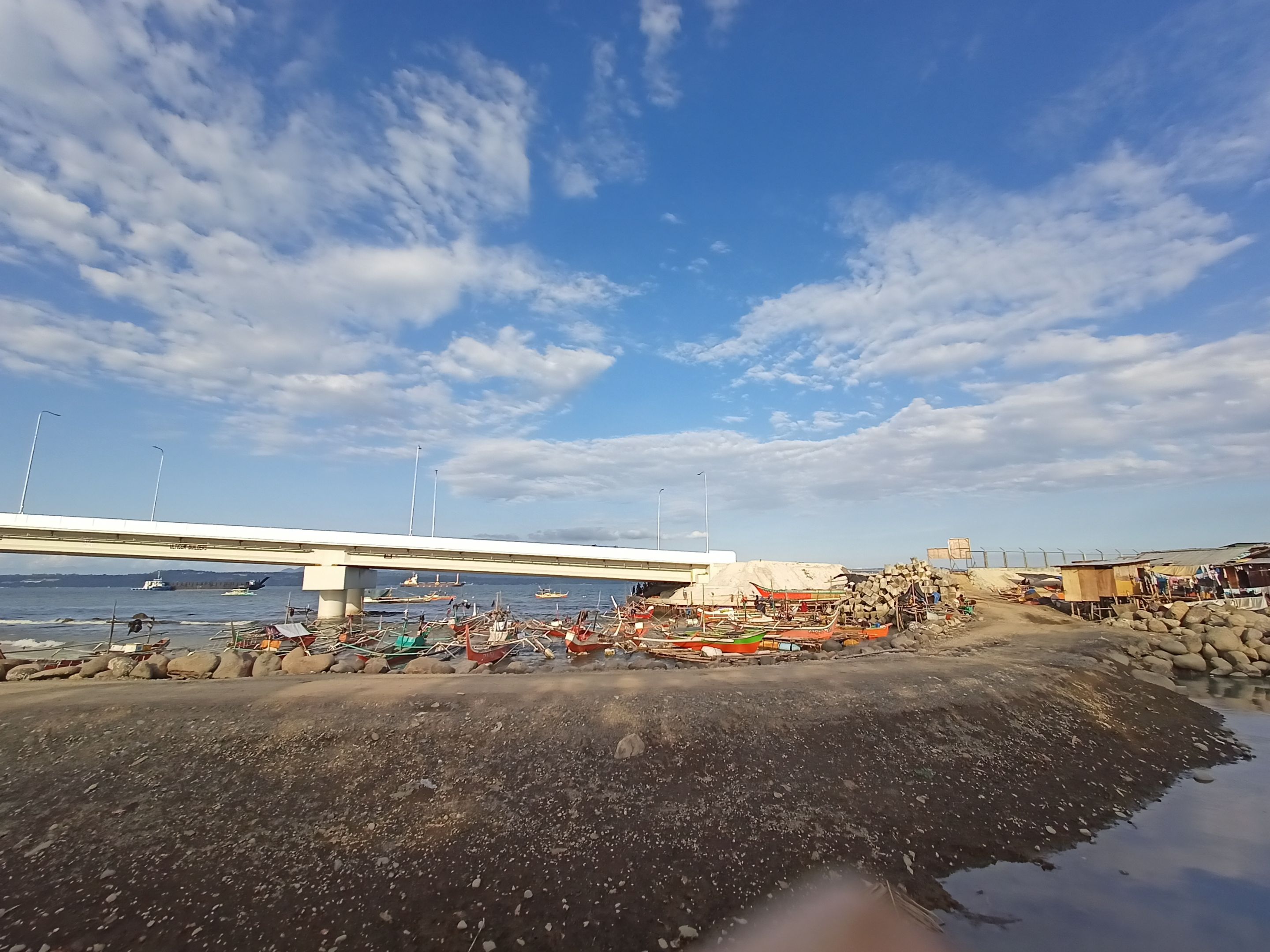
In fact, I noticed that this small community seemed to be thriving - making a living, surviving, and struggling. And yet, in spite of witnessing their remarkable resilience, a much more alarming dilemma was lurking beneath the surface. I sensed a silent desperation - a tragic existence that the rest of the world decided to shut their eyes on.
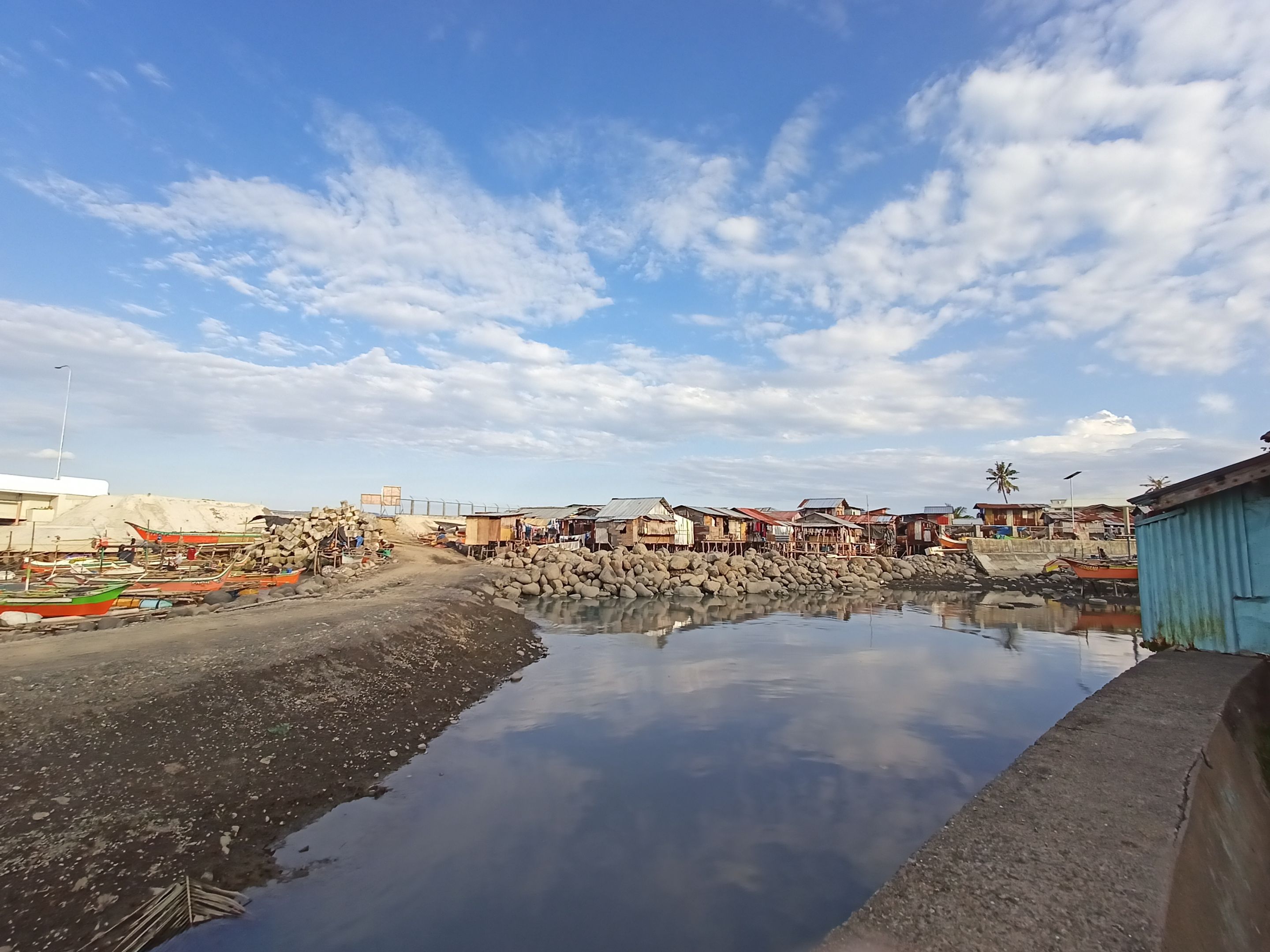
Seaside slums are one of the unfortunate offsprings of rapid urbanization, economic inequality, and lack of social responsibility. A horrible reality, isn’t it? As cities around the planet continue to expand exponentially, our less-fortunate brothers and sisters of society are pushed to the geographical borderlines - literally.
The seacoast eventually becomes their only sanctuary, offering free opportunities for fishing and other promising livelihoods close to the commercial harbor. However, this is far from what's true. Rising sea levels, rampant pollution, and government neglect have transformed these poor habitats into urban eyesores and ticking time-bombs resulting in an environmental crisis. We’re usually fascinated by luxurious waterfront developments, right? But just a few kilometers away, improvised houses are constructed above garbage-infested waters. This irony is absolutely heartbreaking!
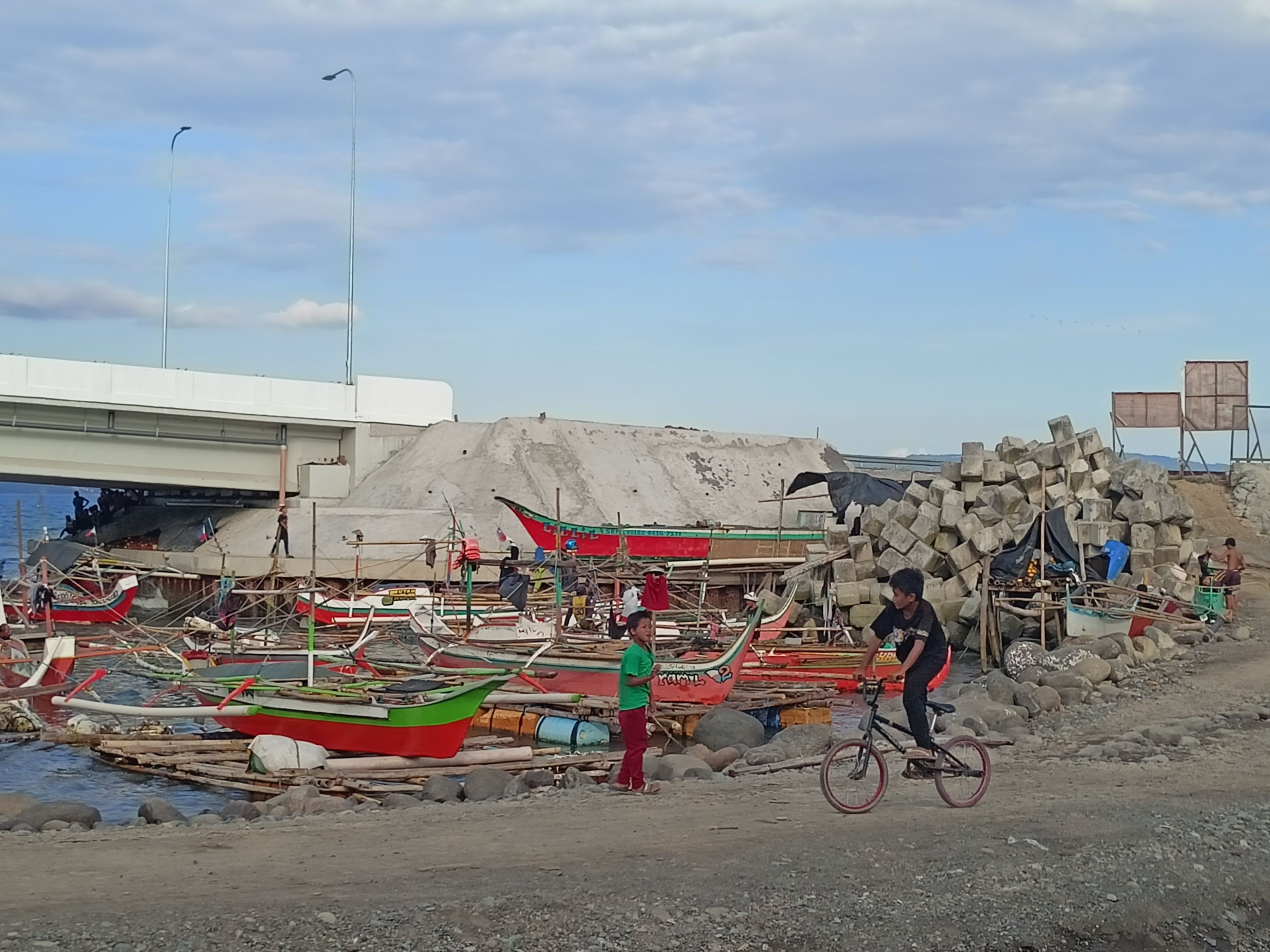
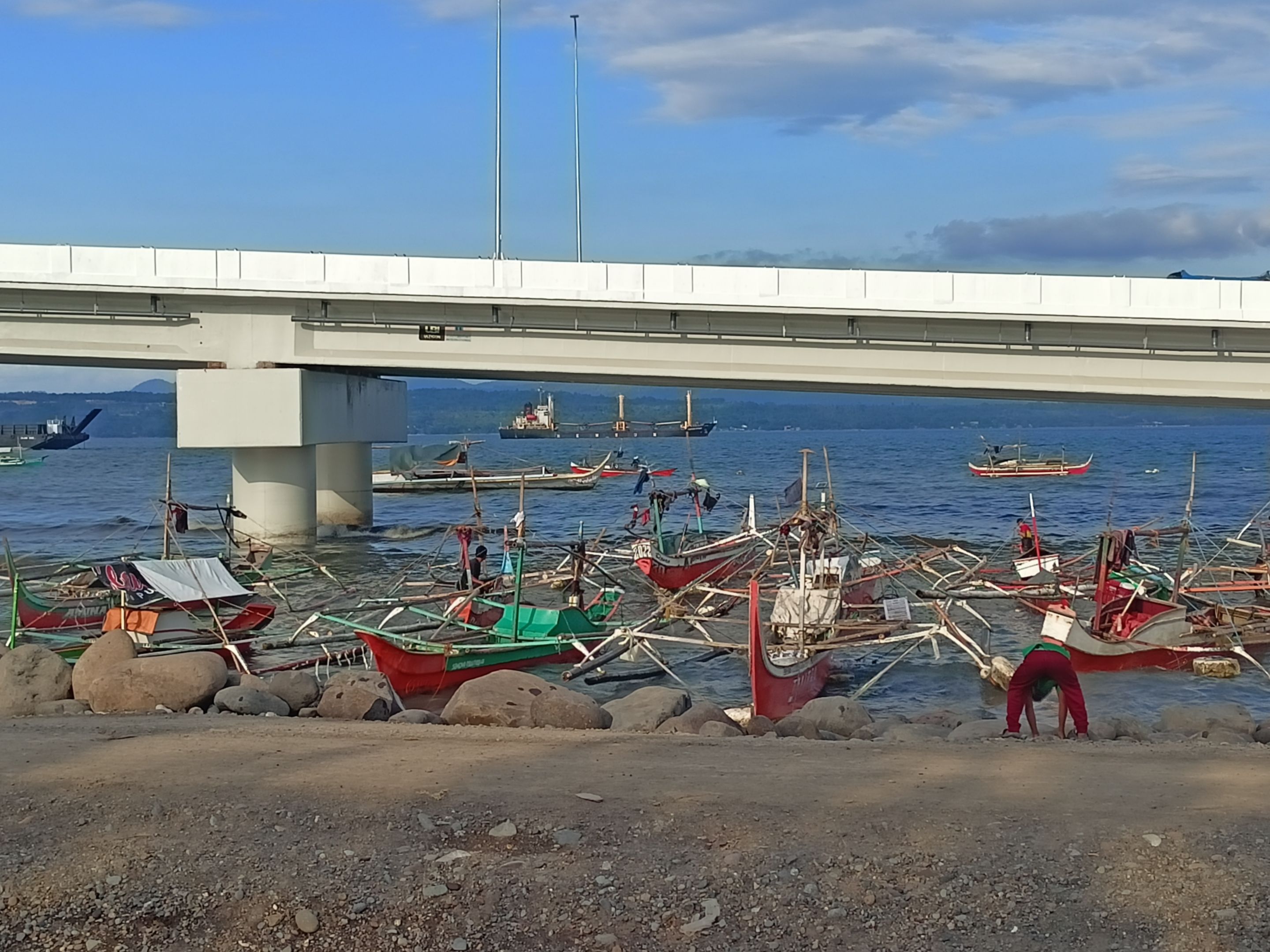
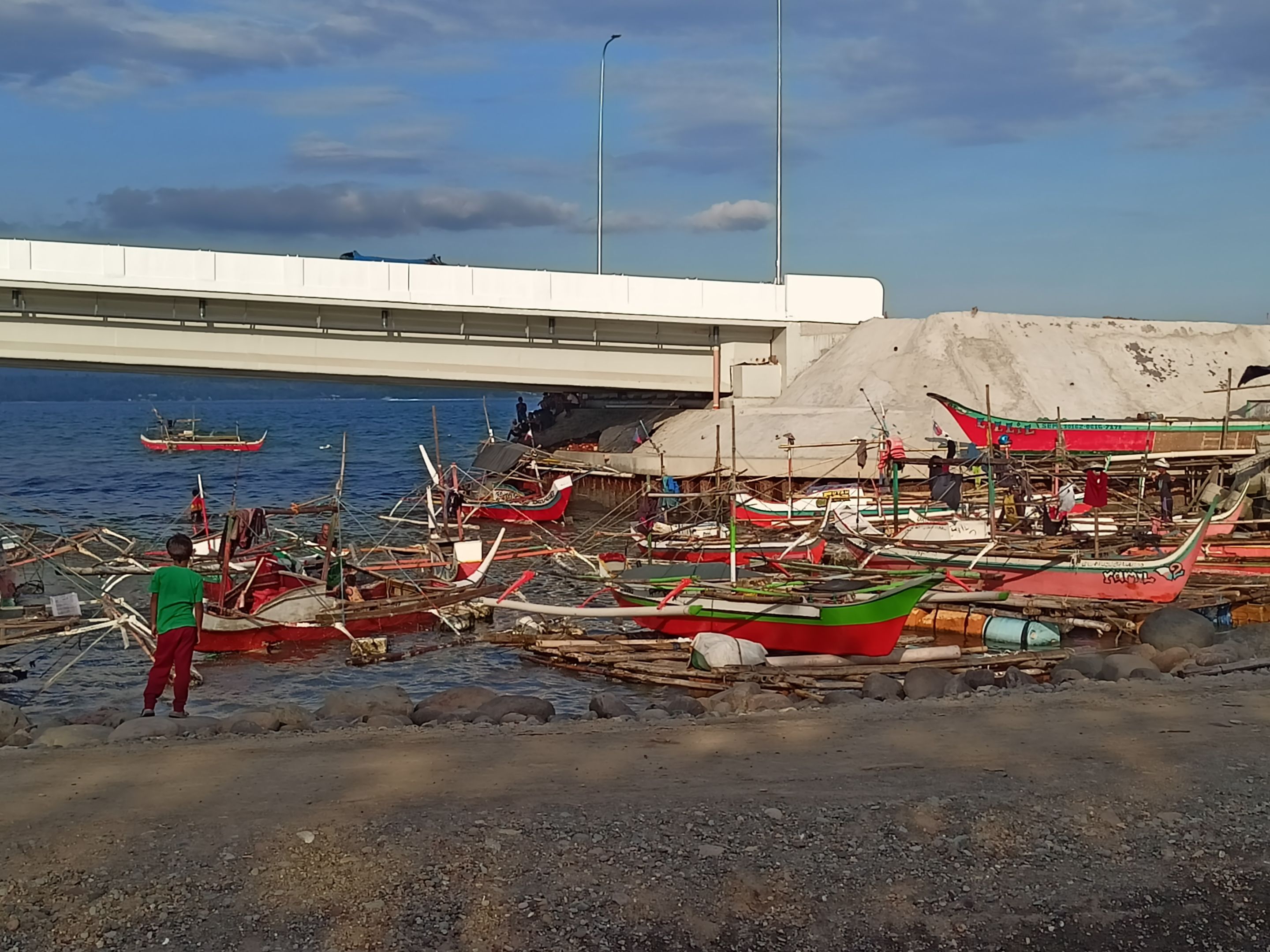
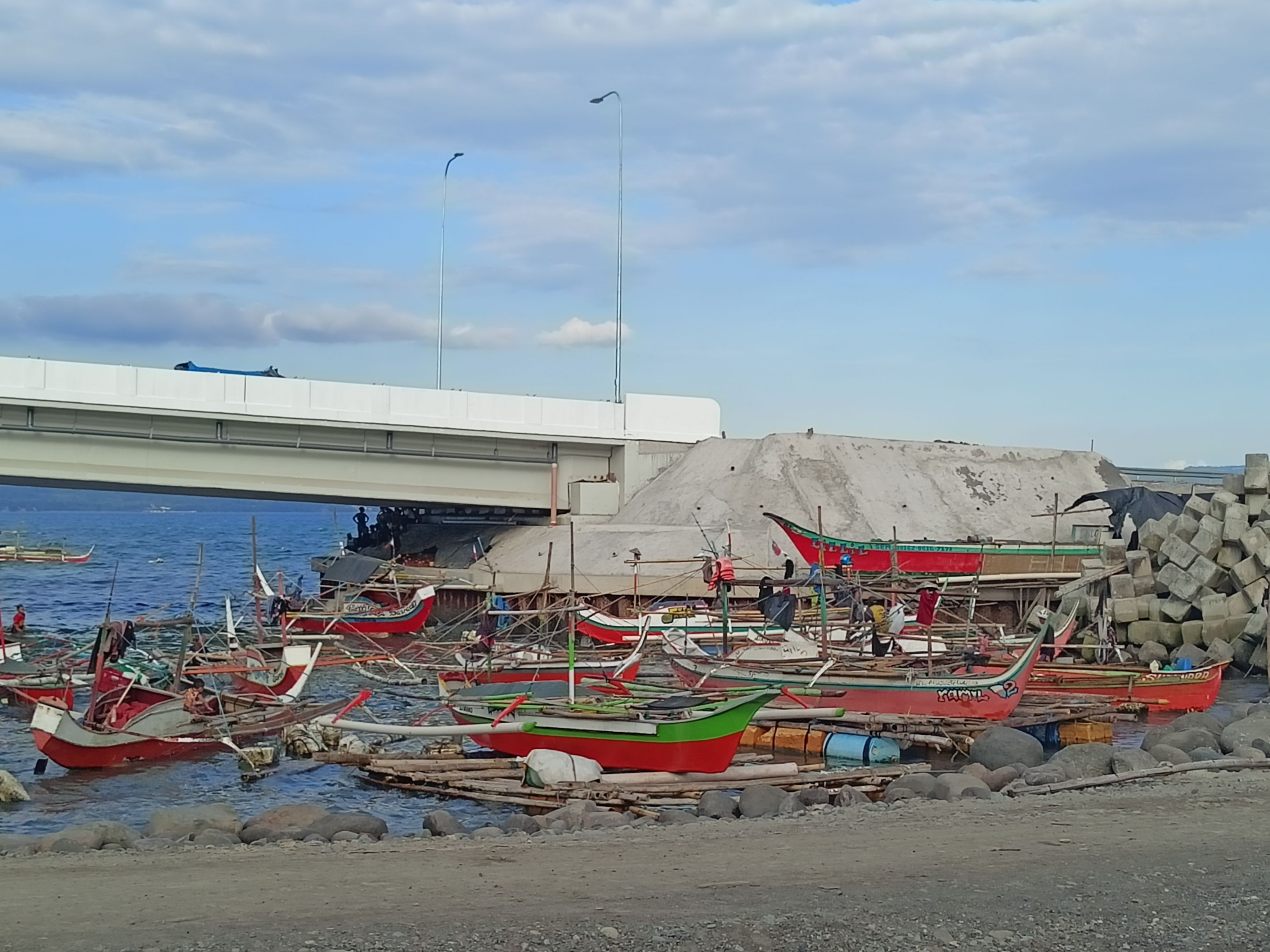
As I explored deeper into their coastal neighborhood, I met an old fisherman. His sunburned face was lined with aged wrinkles, an obvious testament to the countless years of struggle of fishing to earn a decent livelihood simply to feed his family. I sat next to him and listened to his touching story.
“Catching a daily supply of abundant sea harvests wasn't a problem. There was enough fish for everyone here. But nowadays, lots of plastic waste also gets caught in my fishing nets,” he said. “Look at those towering beach hotels over there. If not for them, the waters around here wouldn't have been polluted.” He sobbed.
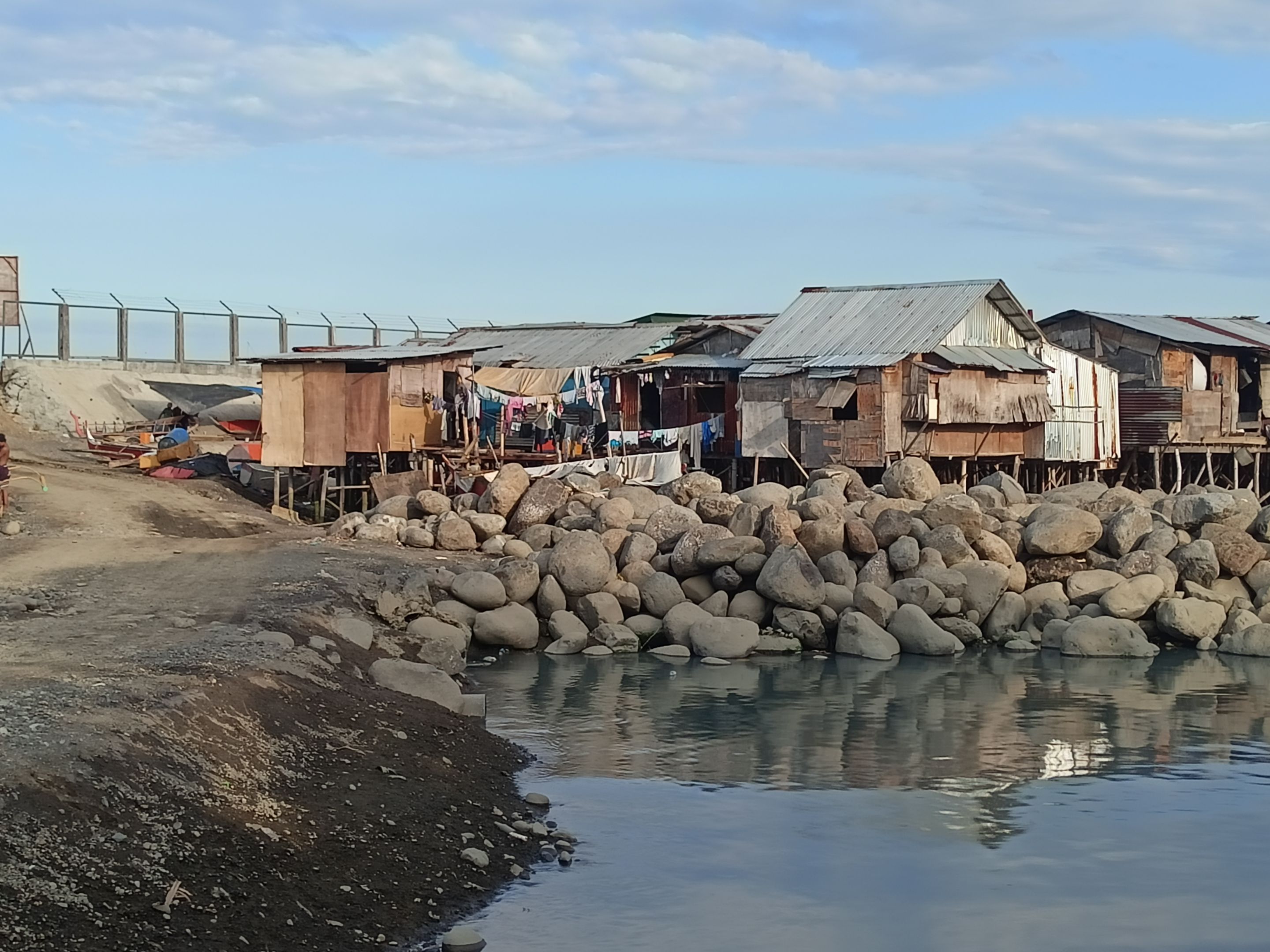
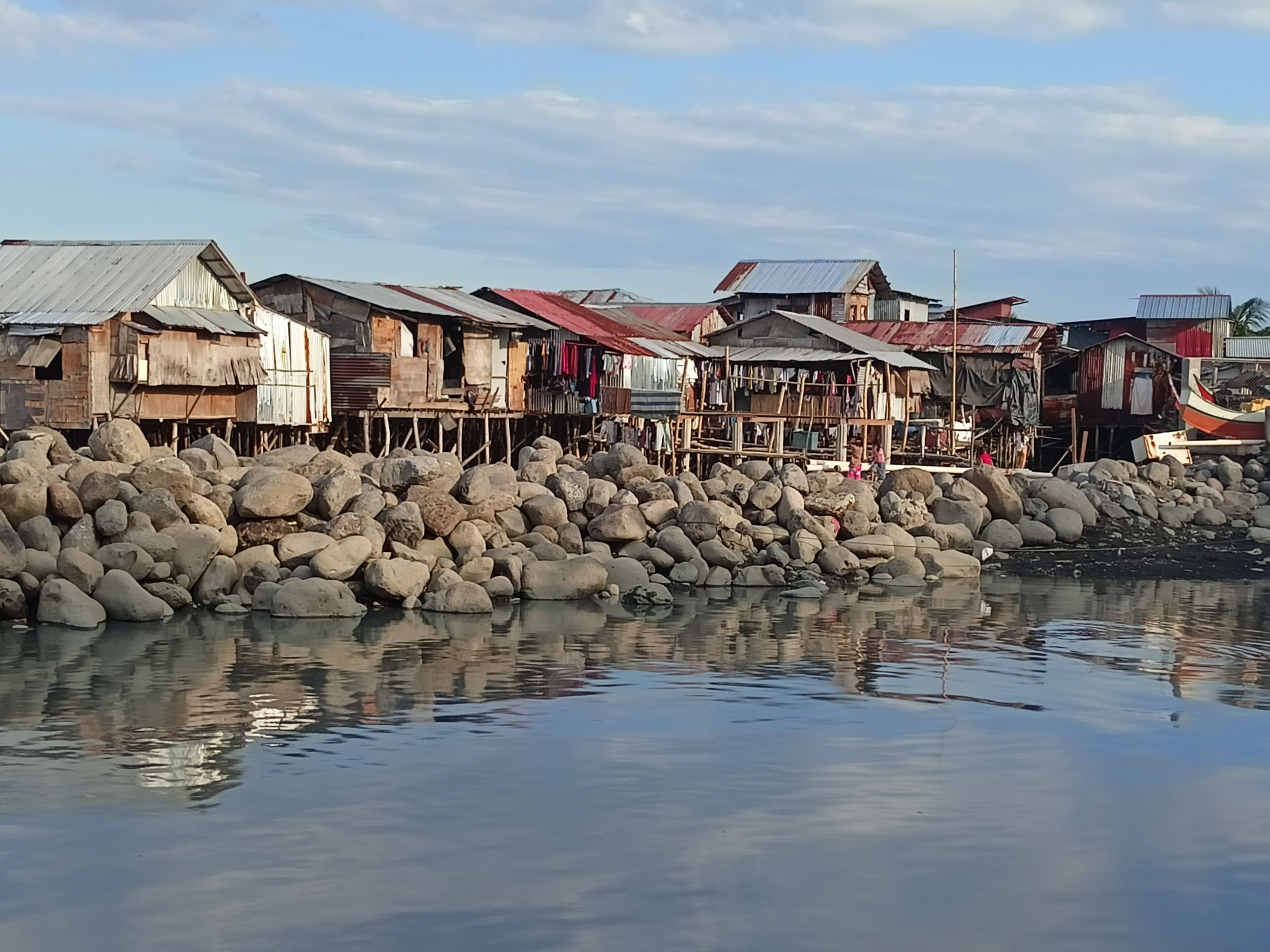
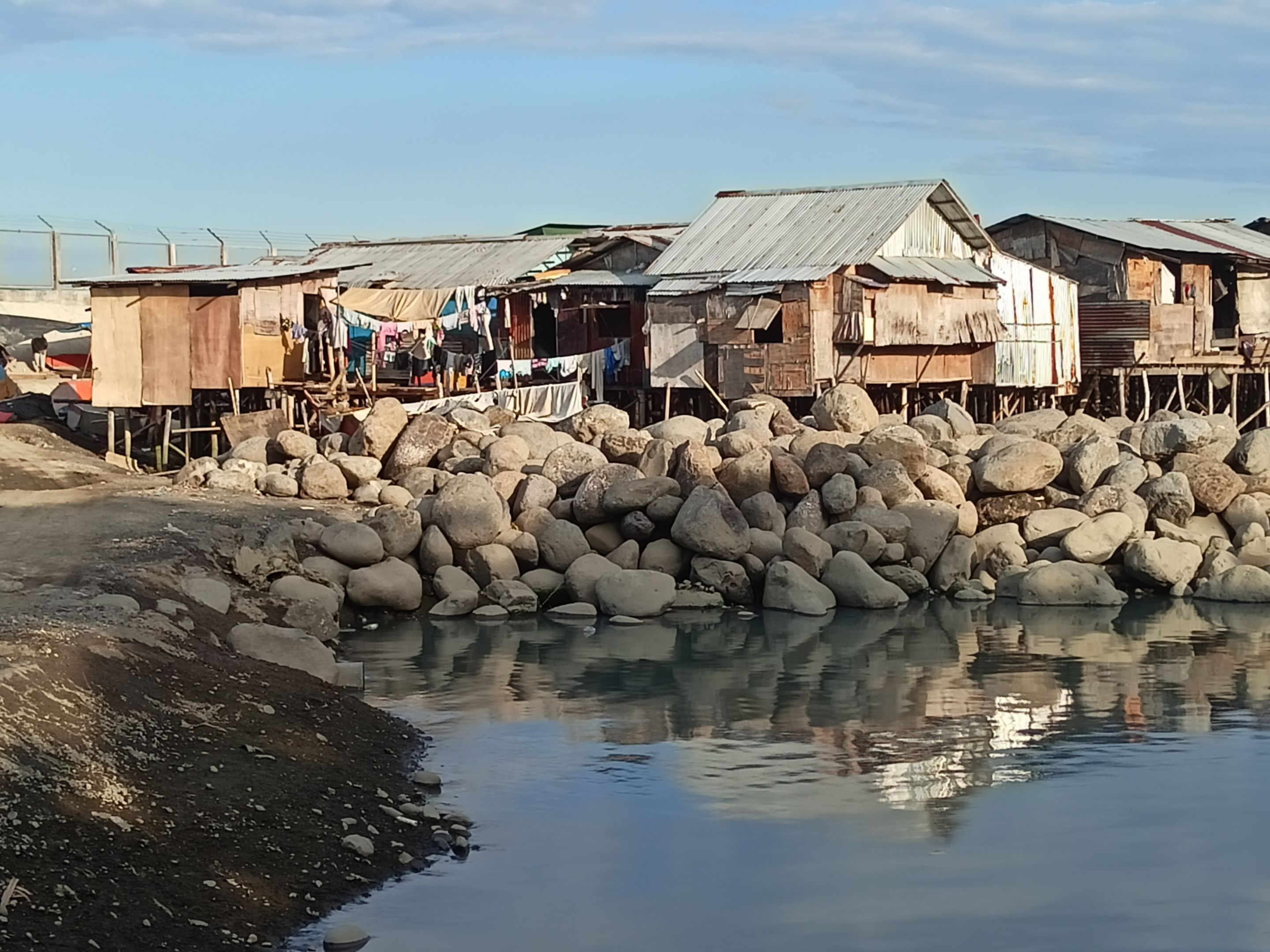
Seaside slums are literally drowning nowadays. With the imminent risks of catastrophic storm surges and monstrous tsunamis caused by sudden earthquakes or unpredictable typhoons, these unavoidable forces of nature invade their homes, flood their personal belongings, and wash away even their loved ones. What a pity!
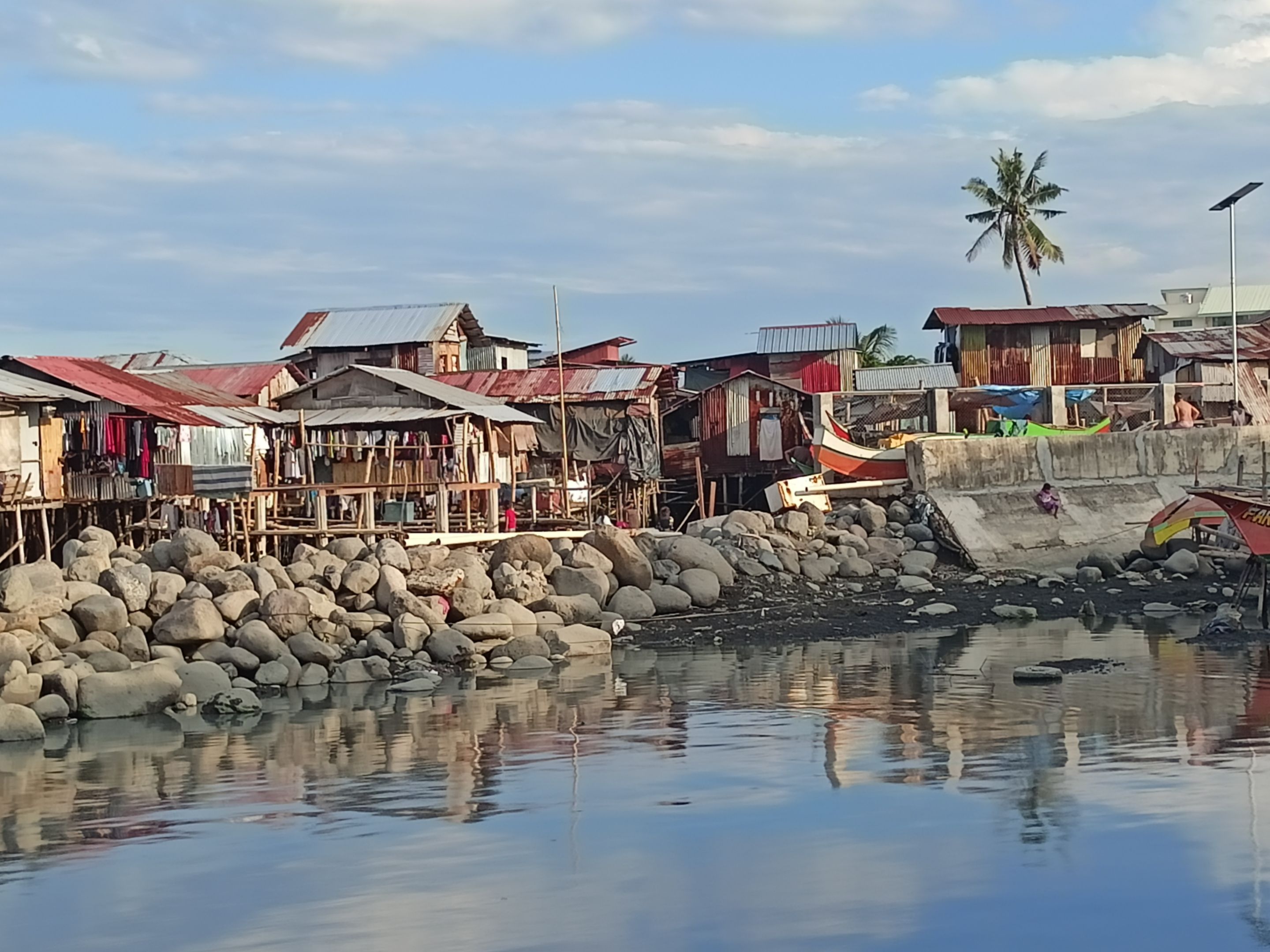
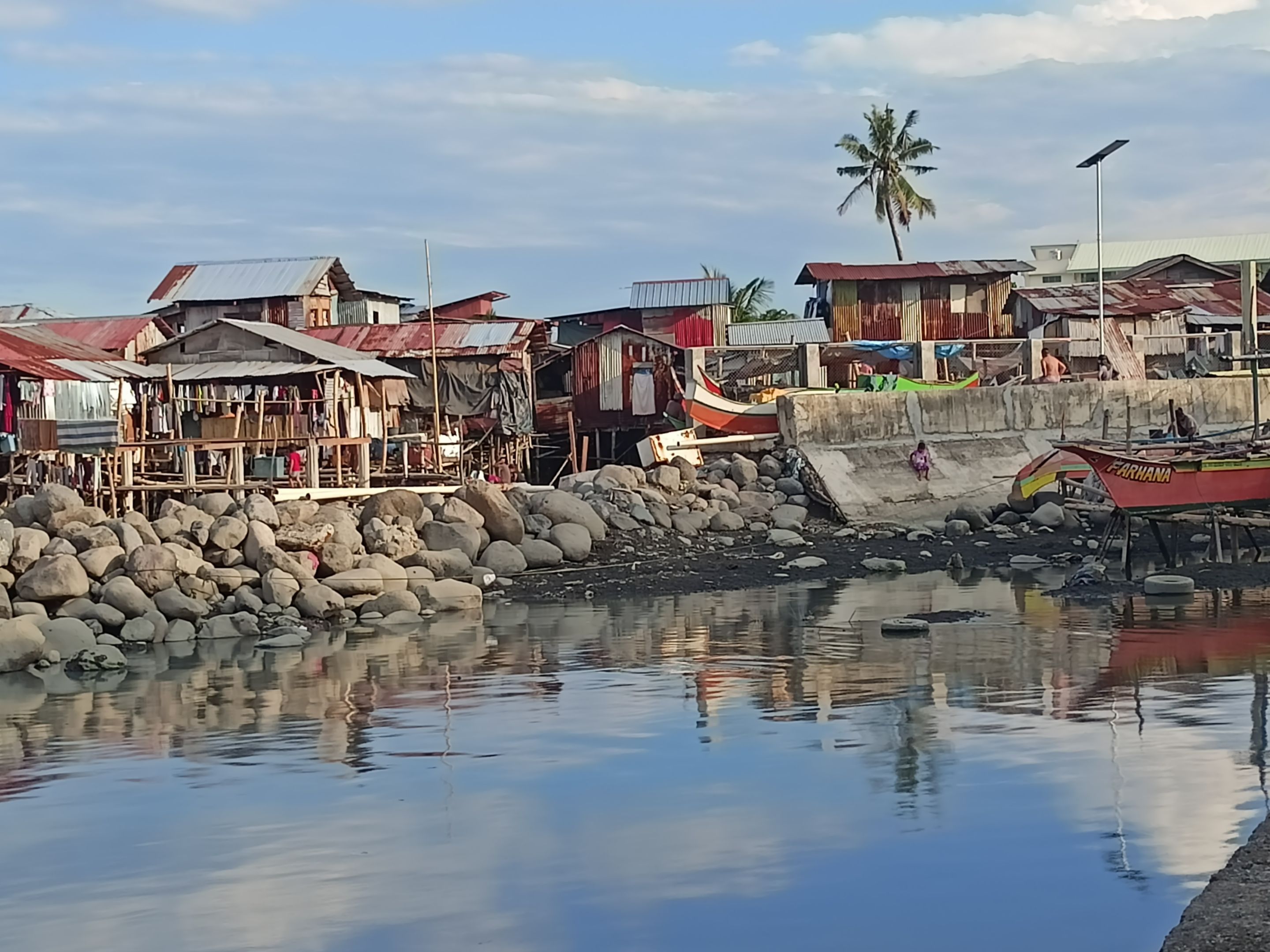
As a result, these seaside settlements become pathetic victims of industrial wastes and polluted garbage from the city interior flowing downstream towards the sea, converting the entire environment into a poisonous broth. They don’t even own the current land they occupy and squat on. And then anytime, a massive bulldozer could demolish their humble habitats into oblivion for the sake of progress. Where are they supposed to go? Do the authorities even care? Tell me.
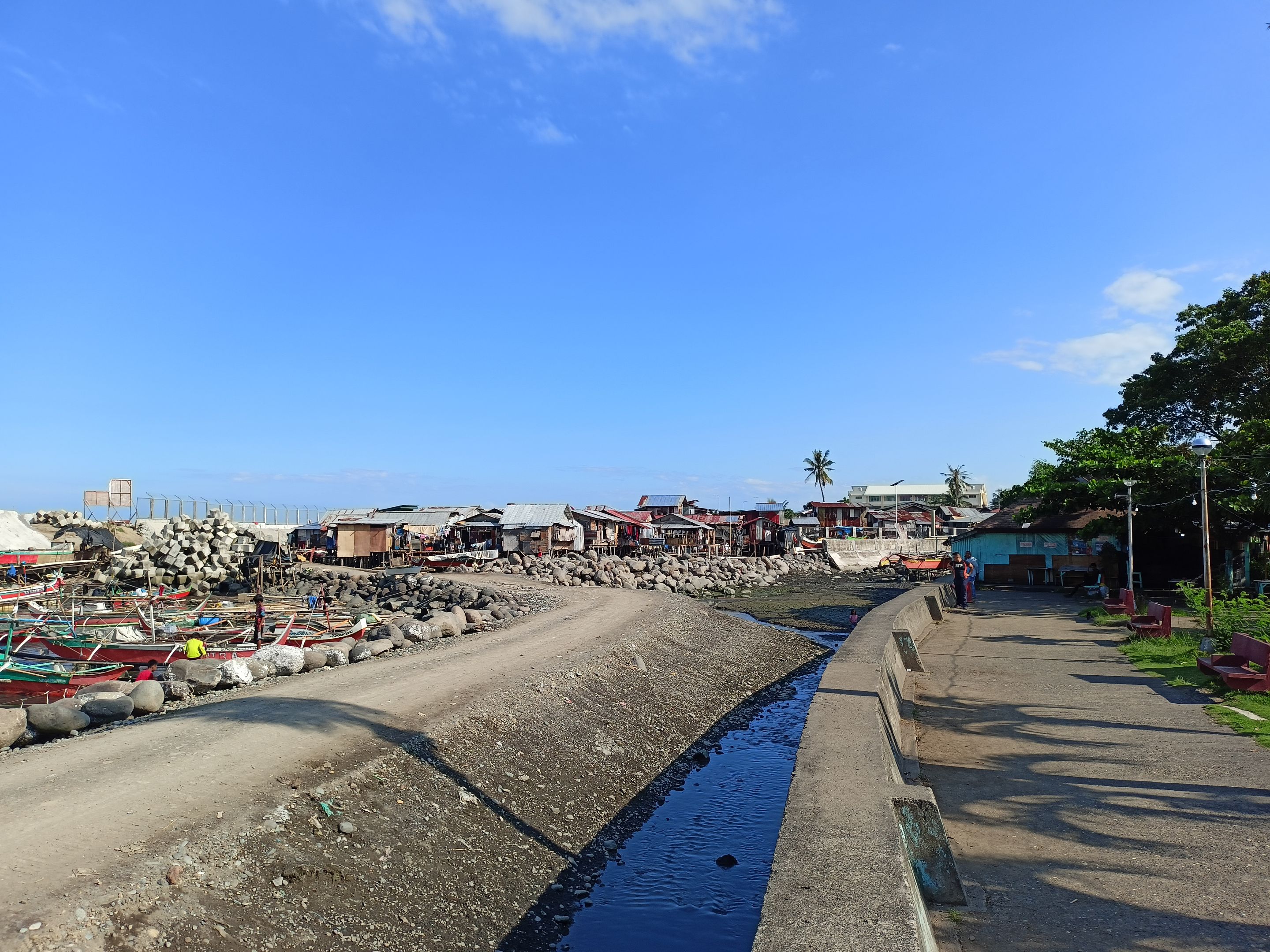
Whenever I hear of brand new developments in the city, this seaside slum pops up inside my head. The old fisherman and his mates. The children playing along the seashore. The other ordinary folks who continue striving everyday just to make ends meet inside their temporary shelters. These are the vivid memories that continue serving as my wake-up calls. Shouldn’t they be yours too?
Coastal ghettos are more than mere consequences of poverty. They’re the excruciating truth of a world that prioritizes urbanization over earthlings, technological growth over humanity. Until that shifts, the cruel sea waves will keep invading - devouring dreams, possibilities, and lives. How long should we wait?
Meet the Author
Architect | Environmentalist | Adventurer
Creator of Architecture+Design Community on Hive
Copyright © 2020-2025 storiesoferne.
All rights reserved.


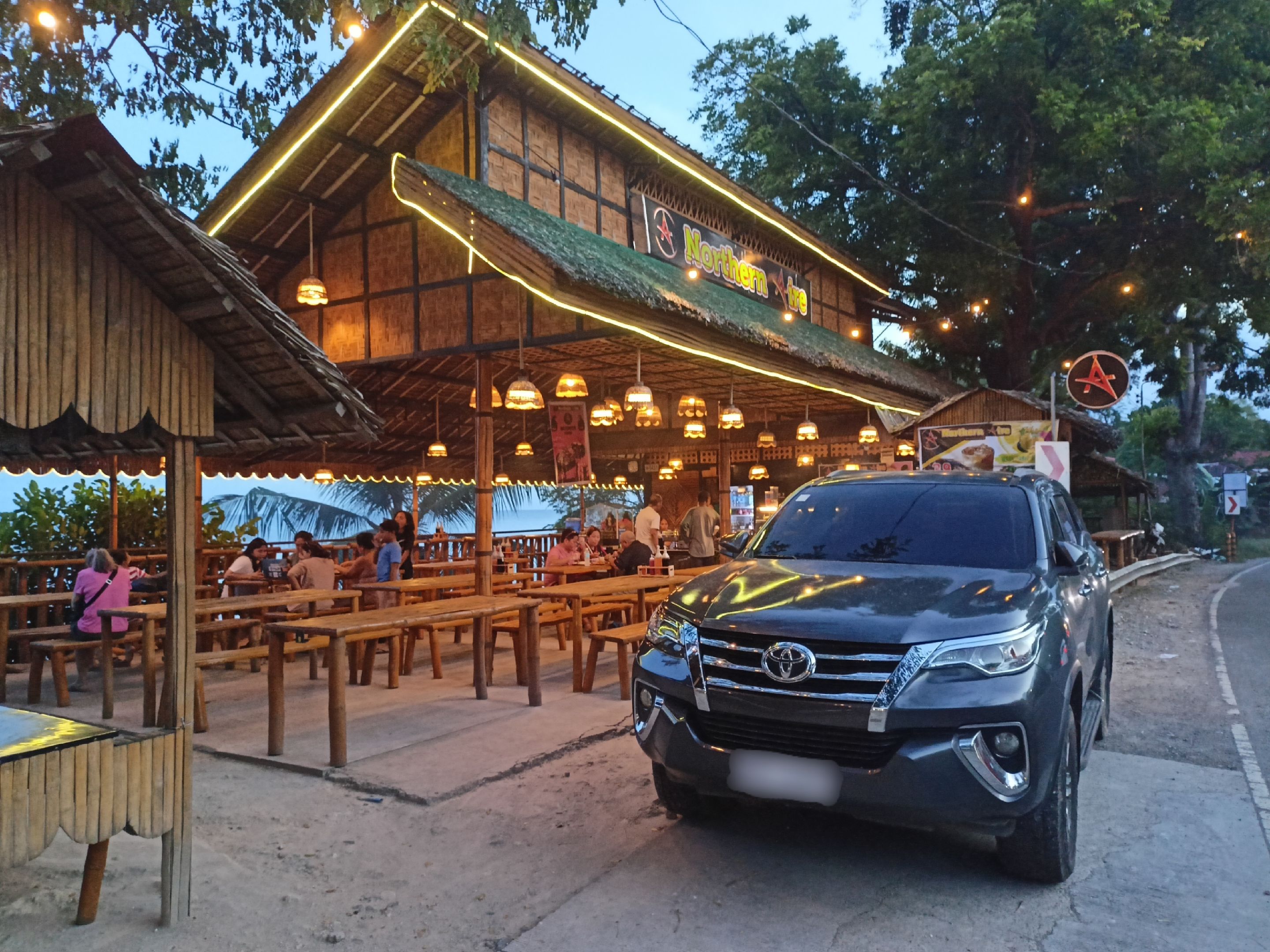

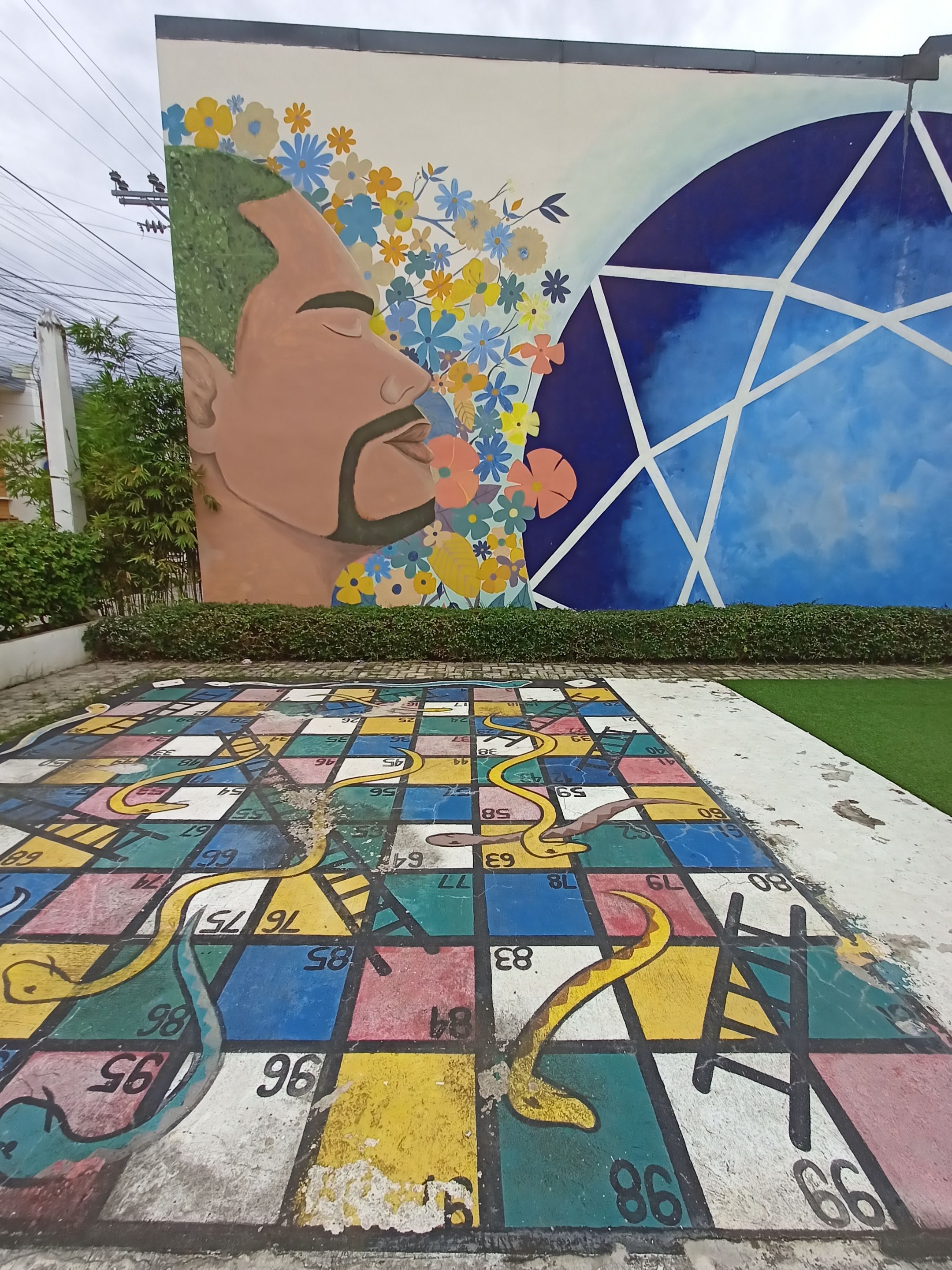

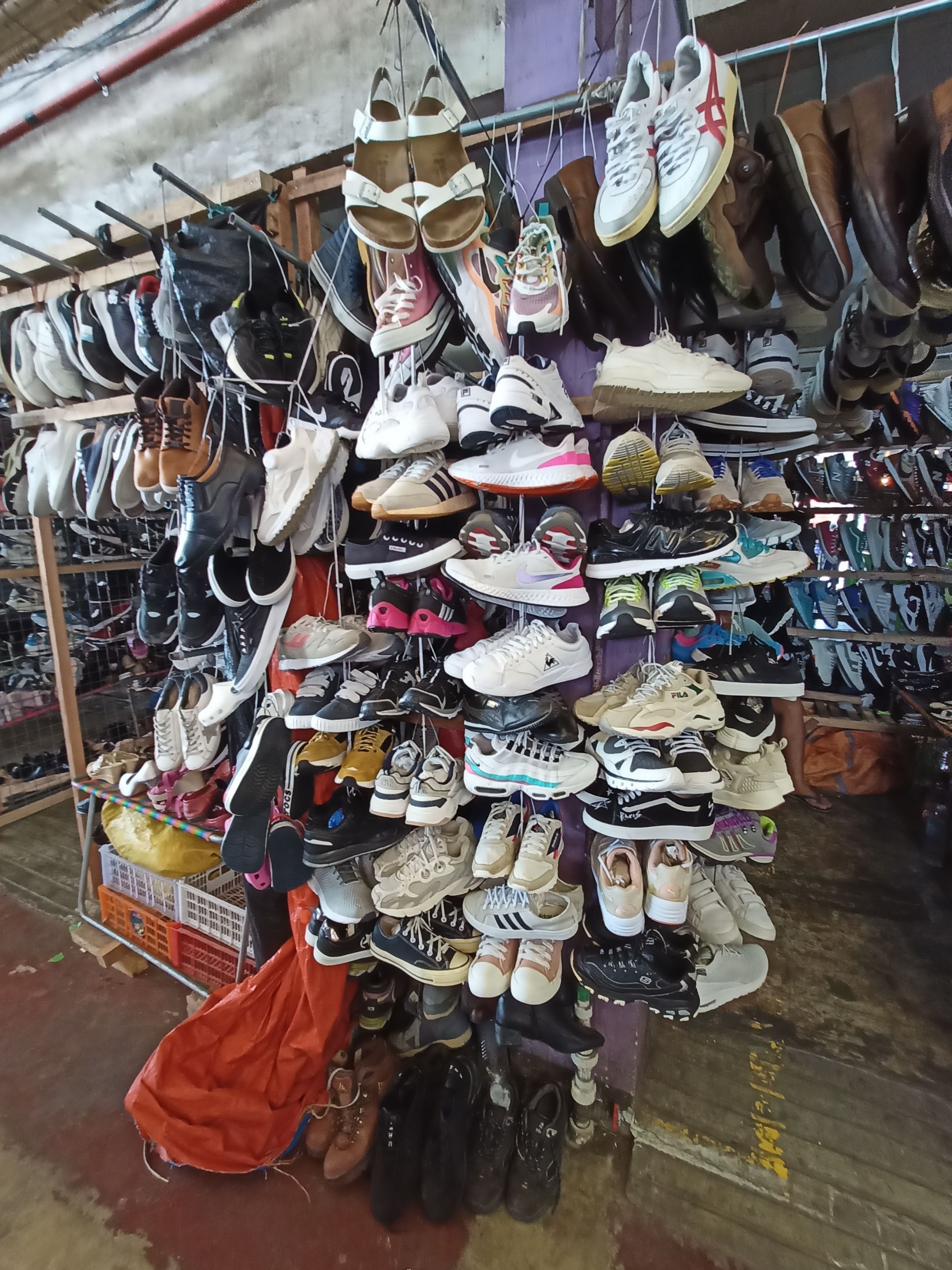

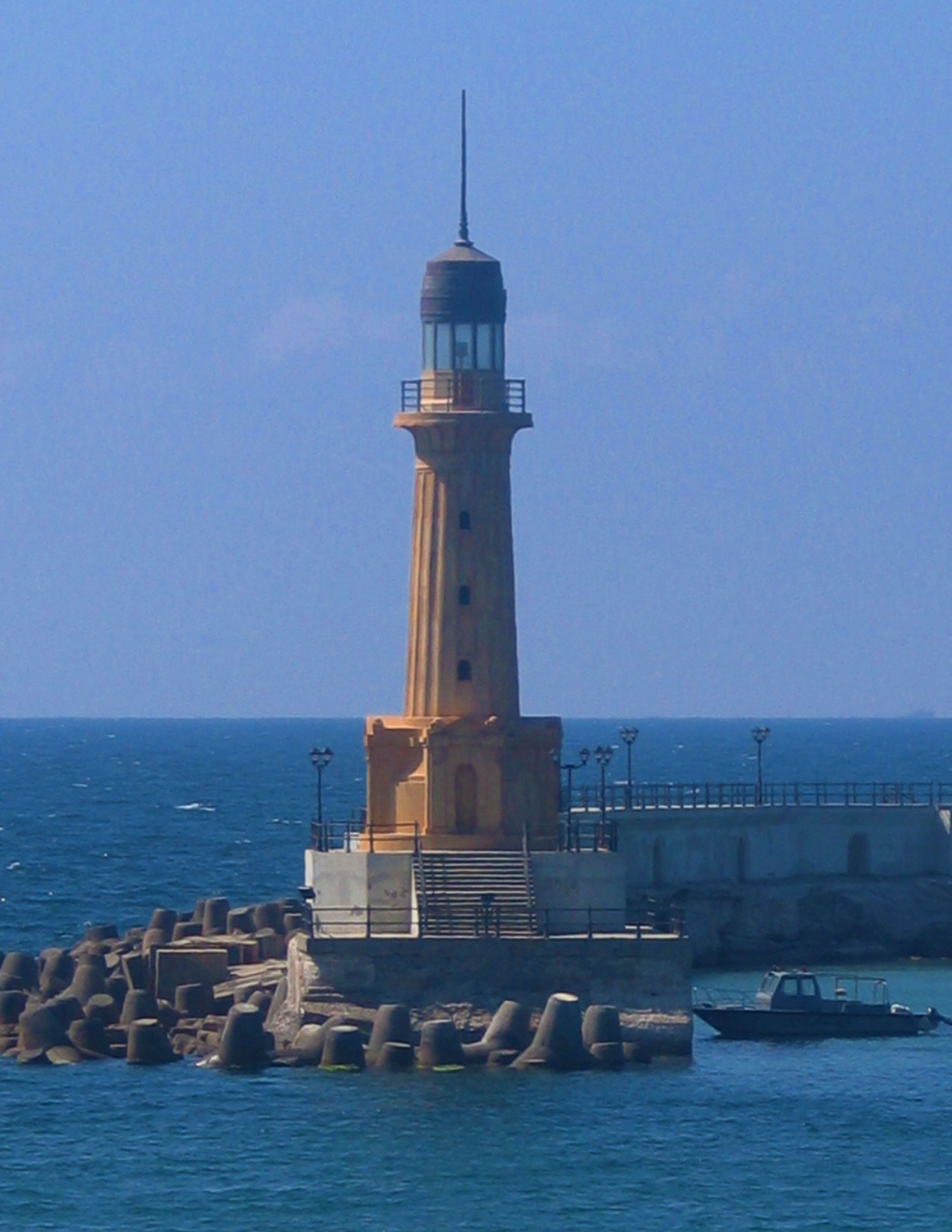

Comments